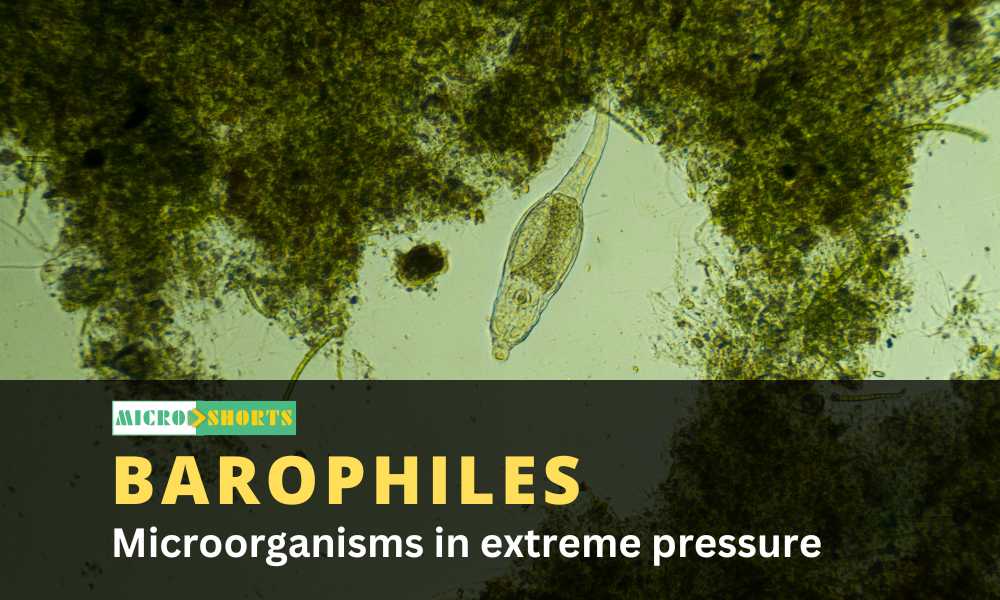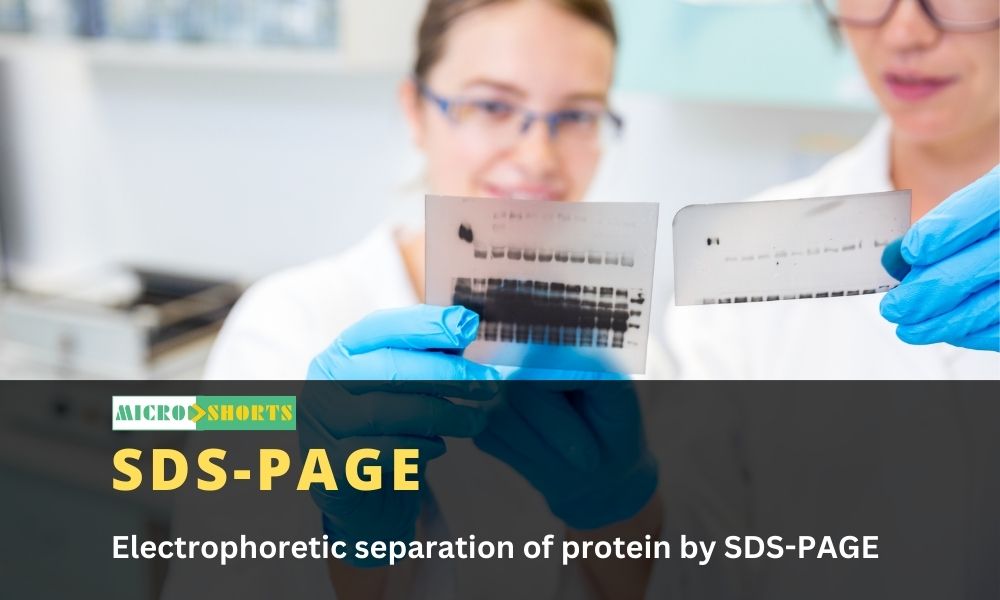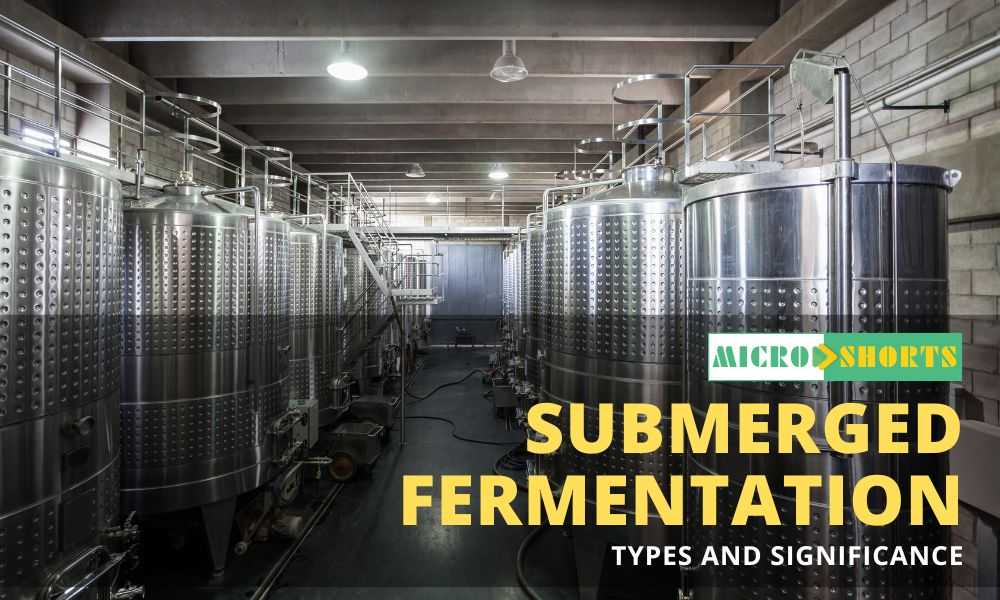Introduction
A buffer solution is
one that resist pH change on addition of
acid. This solution are required in many biochemical experiments where the chemical reaction are
carried out under controlled pH. The buffer solution are prepared by combining.
- Weak base & it's
salt.
- Weak acid & it’s
salt.
- Acidic salt &
basic salt.
When base is added to a buffer solution the hydrogenion from the acidic component combine with excess hydroxyl ions from the base and water is formed. Hence, no significant change in pH buffer will take place.
When acid is added to buffer solution. The excess hydrogen ions from adder acid are removed by salt ions to form more molecules of ionized weak acid. Hence, no significant change in pH will take place. It is very useful general diluent and suspending fluid. This can be obtained in a tablet form.
Phosphate buffer saline
Phosphate-buffered saline (PBS) is a buffer solution commonly used in biological research and various laboratory procedures. It consists of a balanced mixture of phosphate salts and saline solution, hence its name. PBS is utilized in various applications such as tissue culture, immunohistochemistry, and molecular biology experiments. Its composition typically includes:
- Sodium chloride (NaCl) : This provides the saline
component, maintaining osmotic balance.
- Sodium phosphate dibasic (Na2HPO4)
: This acts as a buffering agent and helps maintain a stable pH.
- Potassium chloride (KCl) : Sometimes included in
minor amounts to enhance electrolyte balance.
- Potassium phosphate monobasic (KH2PO4)
: Another buffering agent to help maintain pH stability.
The typical pH of PBS is around 7.4, which is similar to the
physiological pH of human cells, making it suitable for various biological
applications without affecting cell viability or function.
PBS is often prepared as a concentrated stock solution and
diluted to the desired concentration using distilled water before use. It is
crucial in biological research as it provides a stable environment for various
cellular and molecular processes while also facilitating washing steps in
experiments, such as removing excess reagents or chemicals from samples.
Advantages of Phosphate-buffered saline
Phosphate-buffered saline (PBS) offers several advantages in
various biological and biochemical applications:
Maintains Physiological pH : PBS has a pH close to
the physiological pH of biological systems (around 7.4). This feature is
crucial for maintaining the stability and functionality of biological
molecules, cells, and tissues during experiments.
Buffering Capacity : The phosphate buffering system
in PBS helps resist changes in pH, making it an ideal choice for maintaining
stable pH conditions in cell culture, enzyme assays, and other biochemical
reactions.
Isotonicity : PBS contains salts such as sodium
chloride (NaCl) in concentrations that match physiological levels, ensuring
osmotic balance and minimizing cell stress or damage in biological samples.
Non-Toxic : PBS is composed of relatively simple and
non-toxic components, making it compatible with various biological assays, cell
culture, and in vivo applications.
Versatility : PBS can be used in a wide range of
applications, including cell culture, immunohistochemistry, protein
purification, molecular biology techniques (such as DNA and RNA isolation), and
immunoassays.
Minimal Interference : PBS has minimal interference
with biological molecules and reactions, making it suitable for experiments
where the buffer itself should not significantly impact the outcome.
Easy Preparation : PBS can be easily prepared from
readily available reagents and can be adjusted to different concentrations or
pH levels according to experimental requirements.
Cost-Effectiveness : As a commonly used buffer in
research laboratories, PBS is relatively inexpensive compared to specialized
buffers, providing a cost-effective option for routine experiments.
Disadvantages of Phosphate-buffered saline
While phosphate-buffered saline (PBS) is widely used and
offers numerous advantages, it also has some limitations and disadvantages:
Phosphate Precipitation : Phosphate salts in PBS can
precipitate out of solution over time, especially if stored for long periods or
at low temperatures. This precipitation can alter the concentration and
composition of the buffer, affecting its performance in experiments.
Microbial Contamination : PBS solutions are
susceptible to microbial contamination, particularly if not properly sterilized
or stored. Contamination can compromise experimental results and pose a risk to
cell culture or in vivo applications.
Limited Shelf Life : Prepared PBS solutions have a
limited shelf life, especially once opened or if not stored under appropriate
conditions. Degradation of components or contamination can occur over time,
leading to reduced effectiveness as a buffer.
pH Drift : Despite its buffering capacity, PBS may
not completely prevent pH drift in certain experimental conditions or over
extended periods. pH changes can impact the stability and functionality of
biological samples or reagents.
Incompatibility with Certain Assays : In some cases,
the presence of phosphate ions in PBS may interfere with specific assays or
biochemical reactions, leading to altered results or reduced sensitivity. In
such instances, alternative buffers may be preferred.
Osmolarity Variability : While PBS is generally
isotonic, variations in osmolarity can occur depending on the specific
formulation or preparation method. High osmolarity solutions may cause cell
shrinkage or osmotic stress, particularly in sensitive cell types.
Non-Optimal for Some Applications : While PBS is
versatile, it may not be the optimal choice for certain specialized
applications where specific buffer properties are required. In such cases,
custom-designed buffers may be more suitable.
Environmental Impact : The production and disposal of phosphate-buffered saline can have environmental consequences, particularly if large volumes are used or if the buffer is not disposed of properly.










Comments